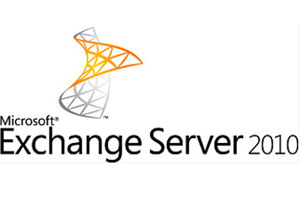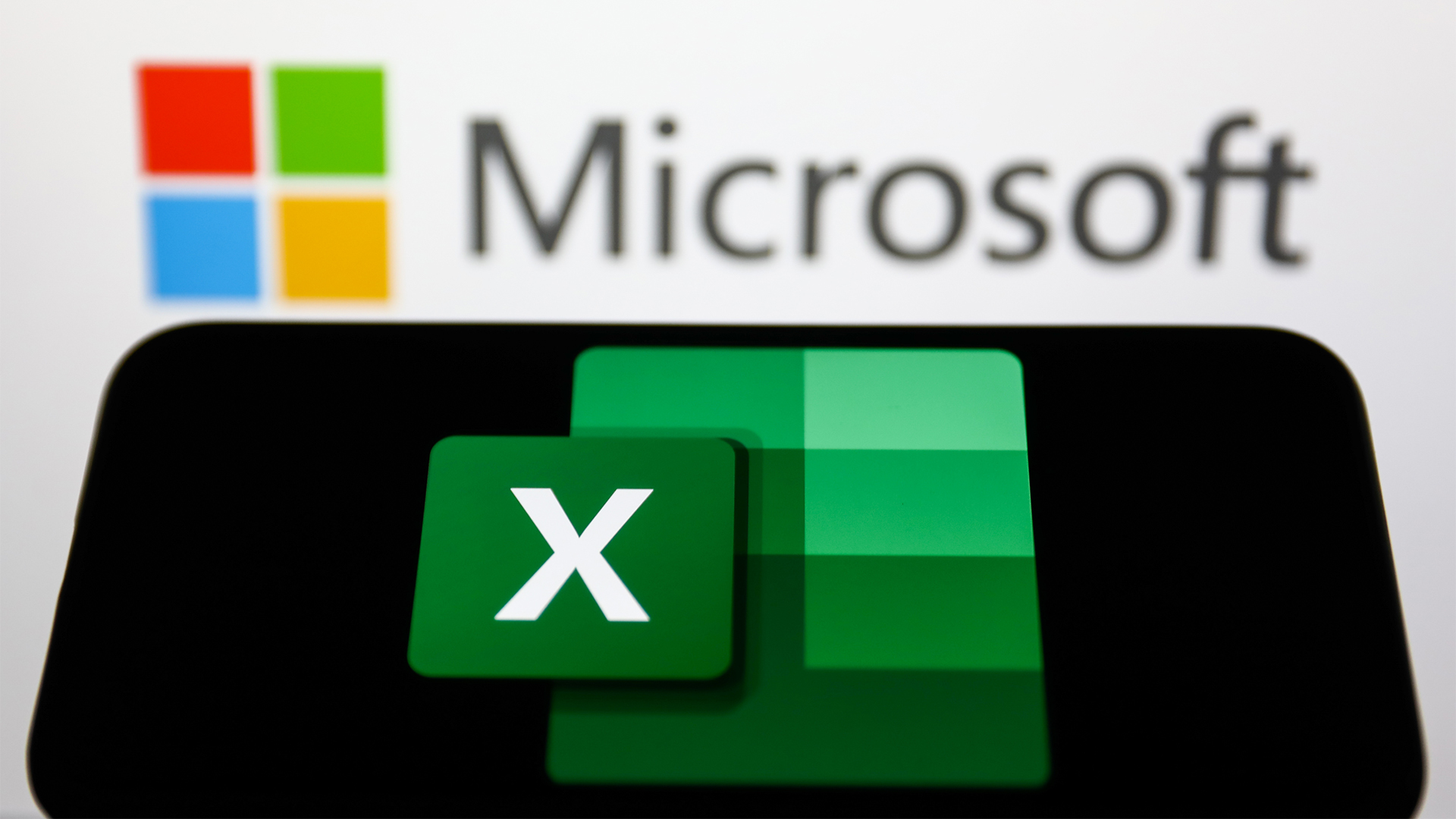Microsoft Exchange Server 2010 review
In this review, we look at the changes the latest version of Exchange brings to the table to see if it's worth upgrading.

Exchange 2010 is a relatively minor release for end users, but it delivers significant improvements in storage architecture and management that will please administrators. While Exchange 2010 is an excellent product, its complexity makes it best suited to large organisations or hosted services.
Windows Server 2008, on a Windows domain with Active Directory to the level of at least Server 2003. We installed it on Server 2008 R2, and were impressed by the way the setup verifies all the prerequisites before proceeding with the installation. Unfortunately Exchange does not yet run on Server Core; it appears that the Exchange team has not yet managed to untangle all the dependencies.
Although we put all the server roles on one server for testing, this is not recommended for deployment. Microsoft suggests you have at least two, one for the Hub Transport, Mailbox and Client Access roles, and another for the internet-facing Edge Transport role, for security reasons.
The architectural changes are all very well, but are there any changes users will notice? There are a few. One is that Outlook Web Access (OWA), the browser-based access to Exchange, has been updated with new features and full support for Firefox and Safari as well as Internet Explorer. Enhancements include a side-by-side calendar view, conversation view for threaded messages (also surfaced in Outlook 2010), better searching and filtering, and text message support. The new Exchange Control Panel is a companion to OWA that gives access to a range of settings that previously required the full Outlook client.
Further, if you lose your mobile phone, you can initiate a remote device wipe from the browser. Microsoft is making browser-based Exchange more feasible as an alternative to Outlook, though it still lacks the speed and usability of Google's Gmail.

Setup is complex, but checking for prerequisites improves the chance of success.
Another area of focus is messaging policy and compliance. One aspect of this is personal archiving. In previous versions of Exchange and Outlook, archives live in local PST (Personal Store) databases where they are prone to getting lost, or spread over several machines. Exchange 2010 introduces server-side personal archives that are stored and moved with the primary mailbox. The downside is that more space is needed on the server, but alongside Microsoft's overall storage efforts in Exchange 2010, server-side archiving does make sense.
Sign up today and you will receive a free copy of our Future Focus 2025 report - the leading guidance on AI, cybersecurity and other IT challenges as per 700+ senior executives
-
 Trump's AI executive order could leave US in a 'regulatory vacuum'
Trump's AI executive order could leave US in a 'regulatory vacuum'News Citing a "patchwork of 50 different regulatory regimes" and "ideological bias", President Trump wants rules to be set at a federal level
By Emma Woollacott Published
-
 Microsoft Excel is still alive and kicking at 40 – and it's surging in popularity as 82% of finance professionals report ‘emotional attachment’ to the spreadsheet software
Microsoft Excel is still alive and kicking at 40 – and it's surging in popularity as 82% of finance professionals report ‘emotional attachment’ to the spreadsheet softwareNews A recent survey found Gen Z and Millennial finance professionals have a strong “emotional attachment” to Microsoft Excel
By Emma Woollacott Published
-
 LastPass hit with ICO fine after 2022 data breach exposed 1.6 million users – here’s how the incident unfolded
LastPass hit with ICO fine after 2022 data breach exposed 1.6 million users – here’s how the incident unfoldedNews The impact of the LastPass breach was felt by customers as late as December 2024
By Emma Woollacott Published